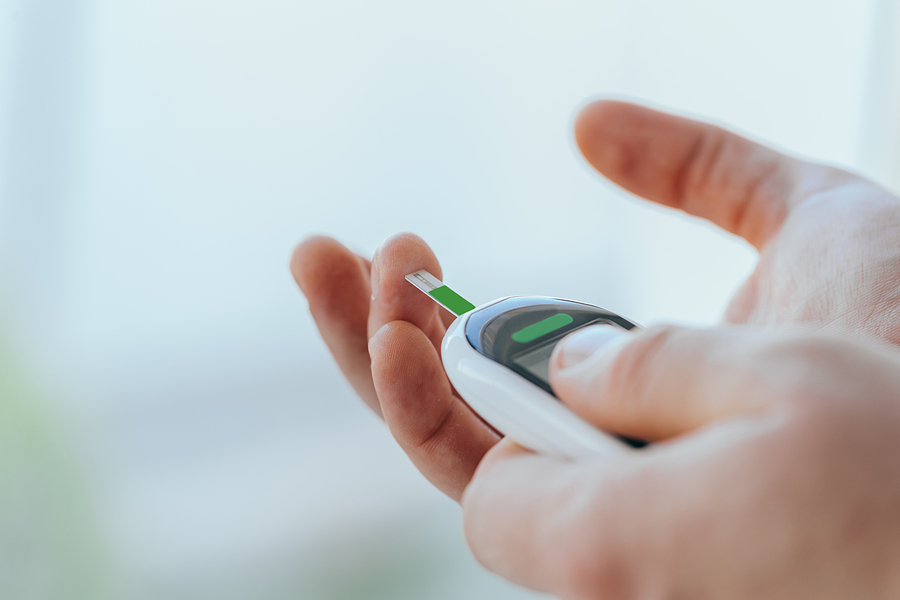Blood Sugar 160 after a Meal: Values to Know and Their Interpretation
Healthful Vitality | 09/12/2021 | By NP Contributor | Blood sugar 160 after a meal.

Interpreting the results of blood sugar tests can be pretty challenging at times. As per American Diabetes Association, it is diabetes if blood glucose is above 200 mg/dl two hours after drinking sugary drink (oral glucose tolerance test with 75 gms of glucose). So, does it mean 160 mg/dl is normal, or what? In addition, interpretation could be challenging as meals are not glucose, but it is neither fasting.
Levels of insulin and blood glucose are never constant. Blood glucose levels fall to their lowest after 8 hours of fasting. On the other hand, blood glucose may increase after a hefty meal and then gradually subside. Extreme spikes in blood glucose levels after a meal may indicate impaired glucose tolerance.
Diagnosis of diabetes – values to know
A person can be said to be living with diabetes if the result of any of these tests come true:
- A1C: Above 6.5% is diabetes, and 5.7% to 6.5% is prediabetes. Normal is below 5.7%.
- FPG: Is fasting blood glucose level, and the test is done at least 8 hours after the last meal. A normal level is below 100, and 100 to 126 is prediabetes. And any value above 126 mg/dl is diabetes.
- OGTT: It is an oral glucose tolerance test. A person drinks a sugary drink (which contains 75 gms glucose) in the test, and blood glucose is tested after 2 hours. If it is above 200, it is diabetes. So 140 to 200 is prediabetes. Whereas the normal range is below 140 mg/dl.
Blood sugar 160 after a meal: How to interpret 160 after a meal?
As one can understand from the data above that interpreting 160 could be pretty challenging. Furthermore, this value is not fasting but is neither after glucose intake.
There could be many ways to interpret such a value.
If a person was never diagnosed with diabetes, such a test might indicate diabetes or at least prediabetes. It means that person should use one of the tests above to confirm the diagnosis.
Interpreting 160 in those already living with diabetes may be more challenging. Because in diabetes, 160 after a meal is not uncommon due to impaired glucose tolerance.
For those living with diabetes, it may not indicate very poor results. It may happen even after a meal moderately high in carbs. So, for those living with diabetes, it is better to pay greater attention to fasting blood glucose levels. Even more informative is A1C, as it is an average of the last 3 months. A1C is among the most reliable indicators of how well a person controls diabetes, and most should have a target of keeping it below 7%.
Postprandial hyperglycemia increases the risk of diabetes complications
Blood sugar levels of 160 after a meal may not be very high for those living with diabetes. Nonetheless, it is a clear case of postprandial hyperglycemia.
Recent studies indicate that these spikes in blood glucose levels post meals should be minimized. Frequent such spikes are bad for vascular health. Postprandial hyperglycemia may considerably increase the risk of cardiovascular disorders in those living with diabetes.
